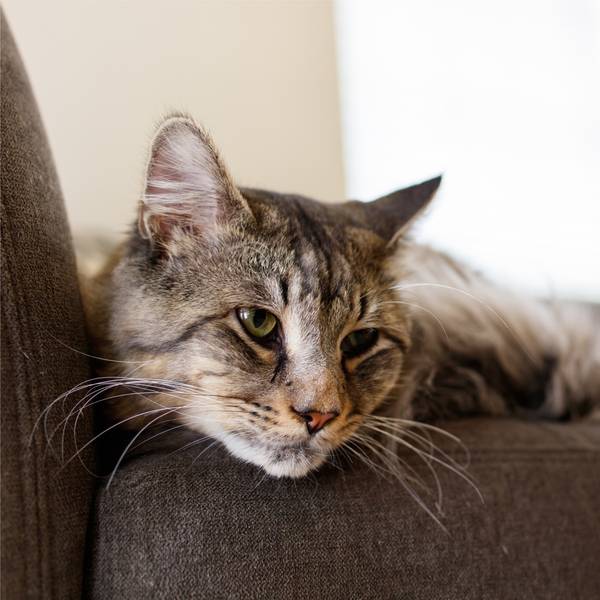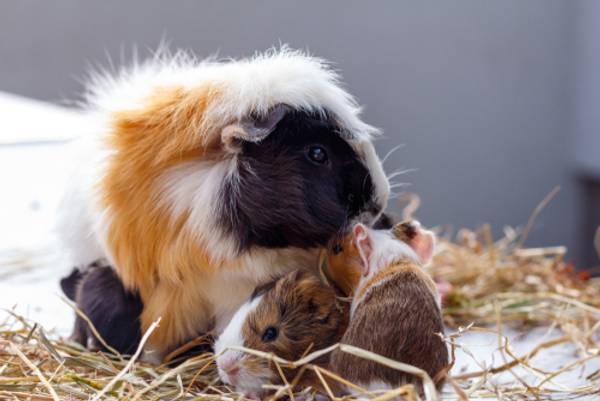Cats love to laze around and spend their days sleeping and relaxing. Constant lounging isn’t so much because they are naturally lazy, but, according to Pam Johnson-Bennett from the Cat Behavior Associates, because she still retains the biological impulse of her wild ancestors to rest before the big hunt.
Sometimes, however, the reason isn’t as behaviourally primal as this but is because she may be experiencing discomfort from osteoarthritis, especially in cats over six years of age.
Osteoarthritis (OA) is a degenerative joint disease that affects the whole movable joint including the bone, muscles, and ligaments as the cartilage wears away. It becomes increasingly painful. The American College of Veterinary Surgeons says that the joints most commonly affected in cats are the hip, stifle, tarsus, and elbow.
Signs of disease
Most cats are challenging to examine and diagnose at a vet clinic because of their reluctance to be held, but veterinarians are trained to assess their mobility and impairment by using different types of performance tests. Since cat owners are around their cats more often, it’s important to know common signs that could indicate the beginning or advanced stages of osteoarthritis.
- Increased lethargy – The cat is less likely to play or jump onto benches and high areas, and reluctance to get up and move around.
- Bad temper – The cat is more irritable than normal, particularly when she’s being picked up and held.
- Excessive licking or chewing – If the cat has a painful area, she may lick and bite at it in an attempt to cure the problem.
- Limping – Sometimes harder to spot, but she may favour the affected leg and use the others more dominantly. Look for this first thing in the morning, as it tends to be worse after a long period of inactivity.
The Winn Feline Foundation also notes that slower movements, loss of muscle mass, reduced grooming, and possibly urinating or defecating outside of the litter box because of the pain caused by posturing over the box.
Treatments
Although osteoarthritis is nearly impossible to reverse, the good news is that symptoms are treatable and is dependent on the severity of the disease.
Keeping your cat at a healthy weight will put less pressure on their joints, therefore reducing the strain on already painful areas. Subtle environmental modifications, like steps and ramps for cats that are not able to jump, is also beneficial. A local Just For Pets pet expert can suggest a proper diet regime and helpful toys and furnishings available in-store.
The Australian Veterinary Association suggests physiotherapy and dietary supplements such as Omega-3 fatty acids, glucosamine, and chondroitin.
Symptoms of osteoarthritis can be difficult to observe because many times they are considered a normal effect of an aging cat, but studies, including from the Cornell College of Veterinary Medicine, have shown that at least 90% of cats over the age of 12 years, and 60% of cats over the age of six show evidence of osteoarthritis.
If any of the symptoms are recognised, it is worth the cat’s comfort and quality of life to visit a vet.





